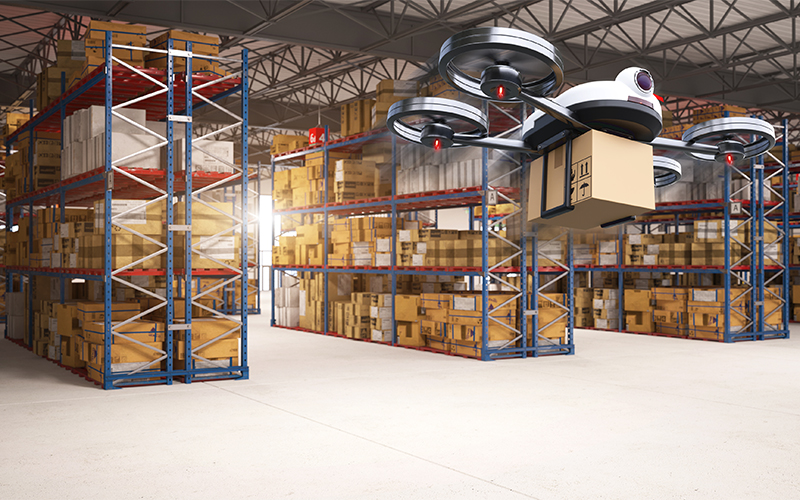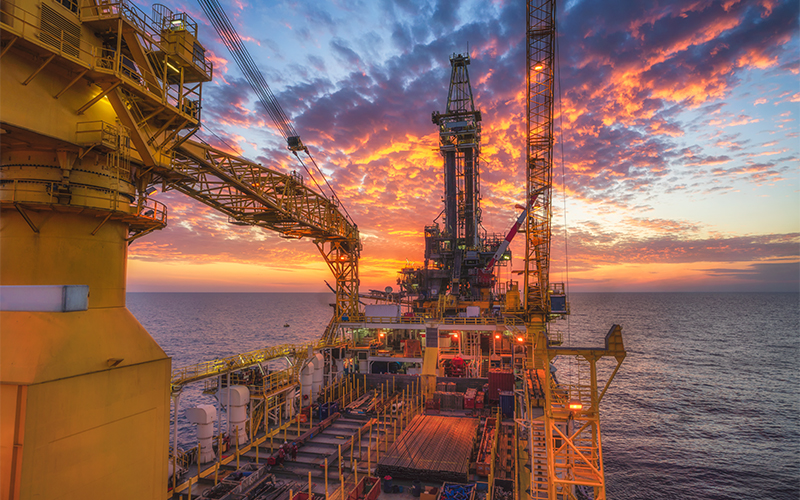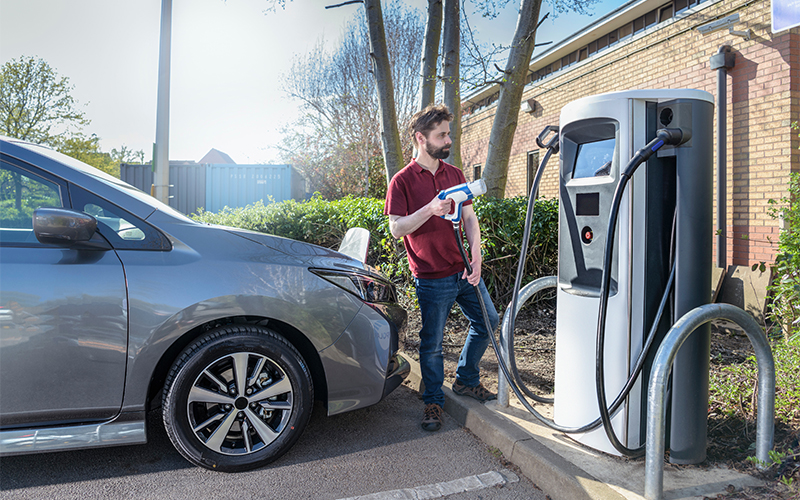Sales and Fulfillment
Decarbonising businesses worldwide for a sustainable future
Climate change is a global issue, and as discussions on the subject become progressively mainstream, organisations of all sizes are working towards reducing their carbon footprint. It's become increasingly common for businesses today to use terms such as carbon neutrality, net zero, and climate positive in marketing materials to describe their environmental initiatives. While these terms elaborate on reducing or eliminating harmful greenhouse gases from the atmosphere, they aren't always used accurately and can even be misleading to consumers. So, let's shed some light on these buzzwords and discuss how organisations can incorporate sustainable processes into their manufacturing, logistics, and distribution operations.
What is carbon neutrality?
Carbon neutrality implies a near-perfect balance between an organisation's carbon emission and the amount of carbon reduced by their contribution to climate protection. Achieving carbon neutrality implies that organisations must first monitor and calculate carbon compound emissions from all business processes, including manufacturing, operations, and supply chain logistics. The second step is working towards reducing these as much as possible. Organisations can also use recycled materials, decrease their reliance on fossil fuels, and opt for renewable energy sources wherever feasible. Once an organisation has undertaken steps to minimise carbon emissions, it must take necessary steps to remove an equivalent amount of carbon dioxide from the atmosphere by creating and safeguarding carbon sinks. Natural carbon sinks, such as forests and oceans, absorb carbon dioxide from the atmosphere. Businesses can direct resources to ocean maintenance and reforestation projects to offset their emissions and become carbon neutral.
What is net zero?
Net zero often means two things, so it is important to differentiate between net-zero carbon and net-zero emissions. Net-zero carbon is an evolution of carbon neutrality, where an organisation's processes don't release any carbon. This eliminates the need for organisations to compensate with carbon absorption and reduction initiatives. For example, a building or a factory that uses no fossil fuels and runs entirely on solar energy is a net-zero carbon facility. So, the main difference between carbon neutrality and net-zero carbon is that the former involves activities that balance out carbon emissions, while the latter completely eliminates carbon emissions. The second is the benchmark for decarbonisation. Many large corporations have already gone carbon neutral, with several more pledging to do so in the coming decade. However, achieving net-zero carbon status across an organisation will take longer still as it involves the complete elimination of fossil fuel usage from all aspects of the business.
While carbon neutrality and net zero refer only to carbon dioxide emissions, net-zero emissions refer to the entire gamut of harmful greenhouse gases (GHGs). Carbon dioxide accounts for most GHG emissions worldwide. Industrial, agricultural, and other industrial activities release other major GHGs such as methane, nitrous oxide, and fluorinated gases. To achieve net-zero emission status, organisations must consider all these factors and track and record emissions, as well as undertake necessary initiatives to replace them with greener alternatives.
Climate positive
This is the next step in reducing the amount of harmful GHGs in the atmosphere and decelerating climate change. The terms ‘climate positive’ and ‘carbon negative’ are often confusing and are used interchangeably. Both basically describe an organisation that eliminates more carbon dioxide from the atmosphere than it emits. This means they are 'carbon negative.' Such an organisation positively impacts climate change, earning the title 'climate positive.' Some organisations are going a step further and working towards completely erasing their historical carbon footprint in the next three decades.
To successfully work towards reducing GHG emissions and slowing down climate change, organisations must know the total carbon footprint of all their business processes through a product's life cycle. Employing measures to track, monitor, and calculate emissions from acquiring raw materials to energy consumption, process-related emissions, and finally, distribution logistics can help you achieve these goals. With clear information about their carbon emissions, businesses can take appropriate steps to offset their contribution to GHG emissions.
How can Infosys BPM help?
Infosys BPM has developed efficient solutions to help businesses reduce their carbon footprint in their supply chain by improving order and truck fill rates, exploring alternate modes of transportation such as rail, operational improvements leading to fewer expedites, etc. These services are offered as Sales & Fulfillment managed services as well as Carbon Footprint Analytics services for clients to identify, understand, and measure carbon emissions from multiple data sources.
Enabling businesses to sense, learn, respond, and evolve like living organisms will be imperative for business excellence. A comprehensive yet modular suite of services is doing precisely that. Equipping organisations with intuitive decision-making automatically at scale, actionable insights based on real-time solutions, anytime/anywhere experience, and in-depth data visibility across functions leading to hyper-productivity, Live Enterprise is building connected organisations that are innovating collaboratively for the future.
Reach out for detailed analytics-based insights into the root causes of high emissions and customised recommendations to improve operational efficiency and reduce emissions.







